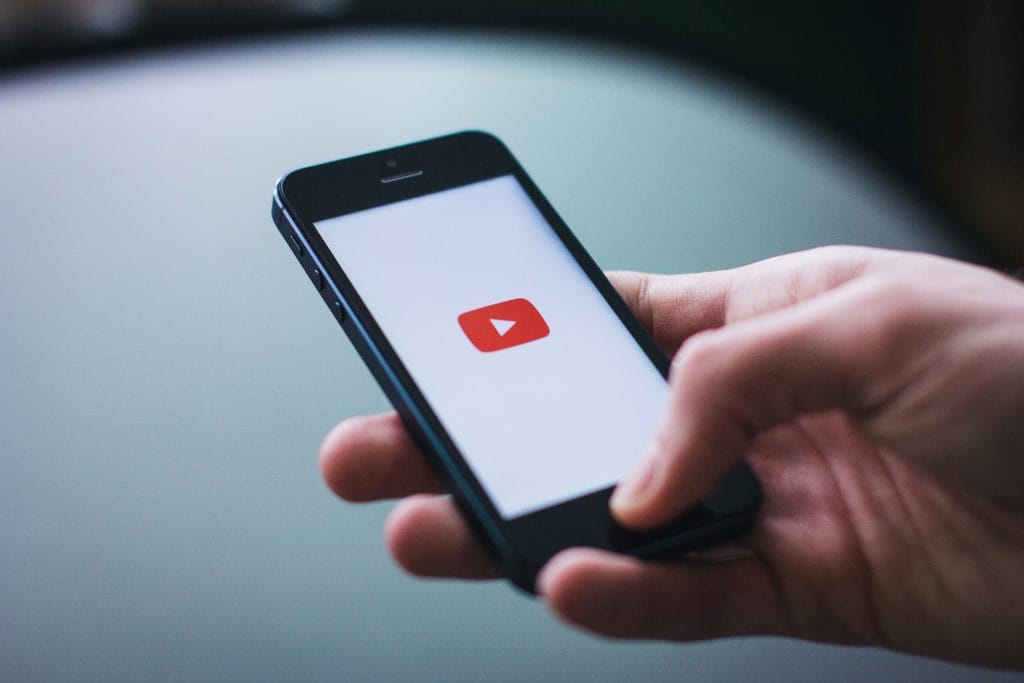youtube marketing
The Fool-Proof Guide to YouTube Marketing
Did you know, YouTube on mobile alone reaches more 18 to 49 year olds than any cable network in the United States? That’s pretty impressive, and incredibly telling about our media consumption habits. If you’re marketing to anyone in that age group and you’re not engaging in YouTube marketing, you’re missing out. Just as with anything…











